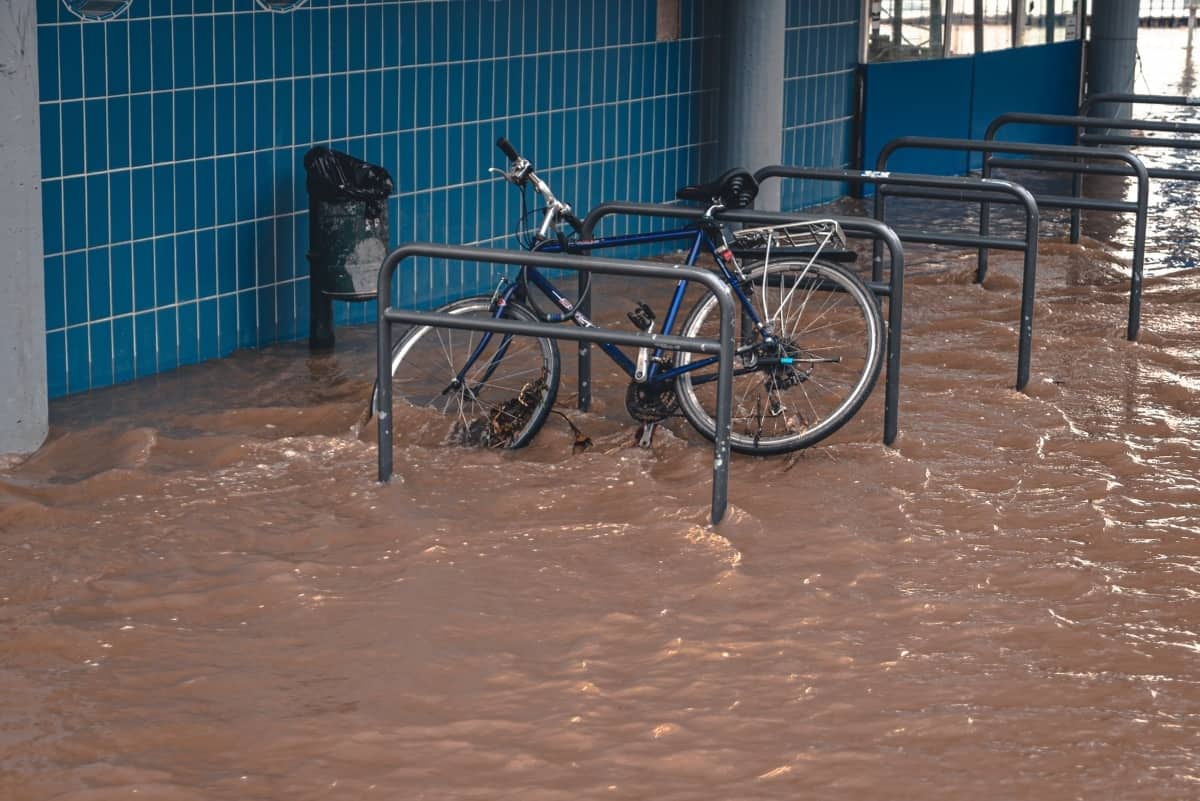If you live near a creek, stream, or river, you probably already know that your area is in danger of flooding during heavy rain. You might even hear weather forecasters throw terms like “flash flood” around when this heavy downpour takes place. But what is a flash flood? And, how does it differ from regular flooding?
In general, flooding is when too much water transforms dry land into something sort of resembling a body of water. Heavy rain, melting snow, and damage to levees and dams can all cause floods. What’s more, floods are the most common weather-related disaster.
Rising water can happen over days and weeks or within minutes. Knowing what is a flash flood and how to prepare are two important steps to keeping you and your family safe. Keep reading to learn more about what you need to know.
What Is a Flash Flood?
The National Severe Storms Laboratory (NSSL) says flash floods are hazardous because they combine powerful floodwaters and happen with little forewarning. Timing is the difference between standard flooding and a flash flood.
But what is a flash flood? To put it simply, it’s when the ground can’t absorb the liquid. A flash flood’s name also tells you all you need to know. They happen in a flash, occurring within minutes after heavy rain, causing waters to rise rapidly.
Other factors impacting when a flash flood occurs include:
- When a levee or dam fails
- Debris releases overflow of water
- Melting ice
The swift-moving currents of a flash flood are dangerous, not only because of the water but also what the water carries.
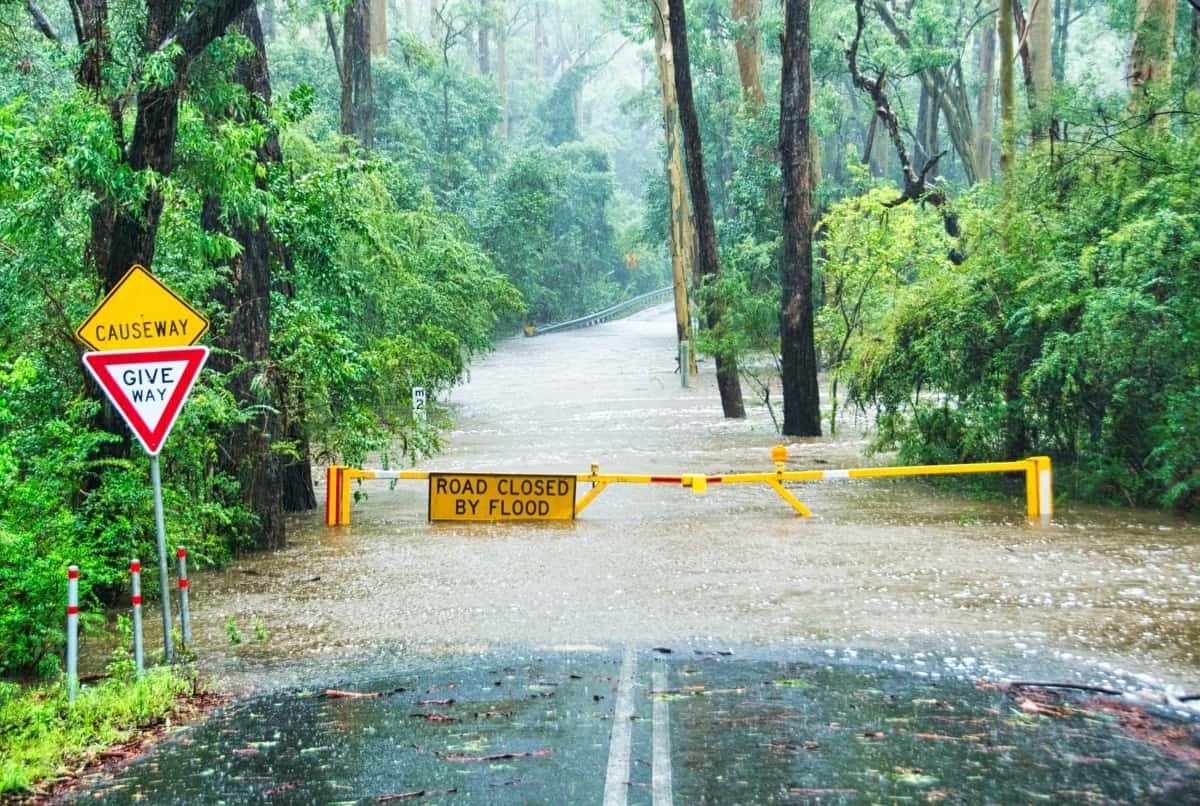
Are Some Areas More at Risk Than Others?
The short answer is yes. Some areas are at greater risk of flash floods, although they can occur anywhere. For example, wildfires make some spots more susceptible to flash floods.
Some other high-risk spots include:
- Desert canyons
- Densely populated areas
- Highways
- Driveways
- Parking lots
While skimming the bulleted list above, you might think desert canyons are an odd setting for a flood to take presence. But remember, desert canyons don’t have many barriers to promote absorption or prevent waters from rising. The water simply lies on top of the desert sand because everything is so dry, it takes time to absorb the liquid. Consequently, everything on the surface becomes runoff. Therefore, a desert is a danger zone.
Similarly, increased runoff in urban areas because of concrete and debris reduces the amount of ground that can absorb the rain. In turn, the potential for a flash flood increases.
What Is a Flash Flood Advisory, Watch, and Warning?
There are three types of weather alerts: advisory, watch, and warning.
- A flood advisory means to be alert because a specific weather event could potentially lead to a hazardous situation. Advisories are cautionary.
- When there’s a flood watch in your area, this is your signal to prepare. It means that conditions are favorable for floods and flash floods. A flood watch doesn’t mean flooding will occur, but it is possible.
- Flash flood warnings mean a flash flood is going to or is already happening.
Remember, when you’re wondering what is a flash flood versus regular flooding, the major difference is timing. Flash floods are unpredictable. If the National Weather Service issues a flash flood warning, it’s time to take action.
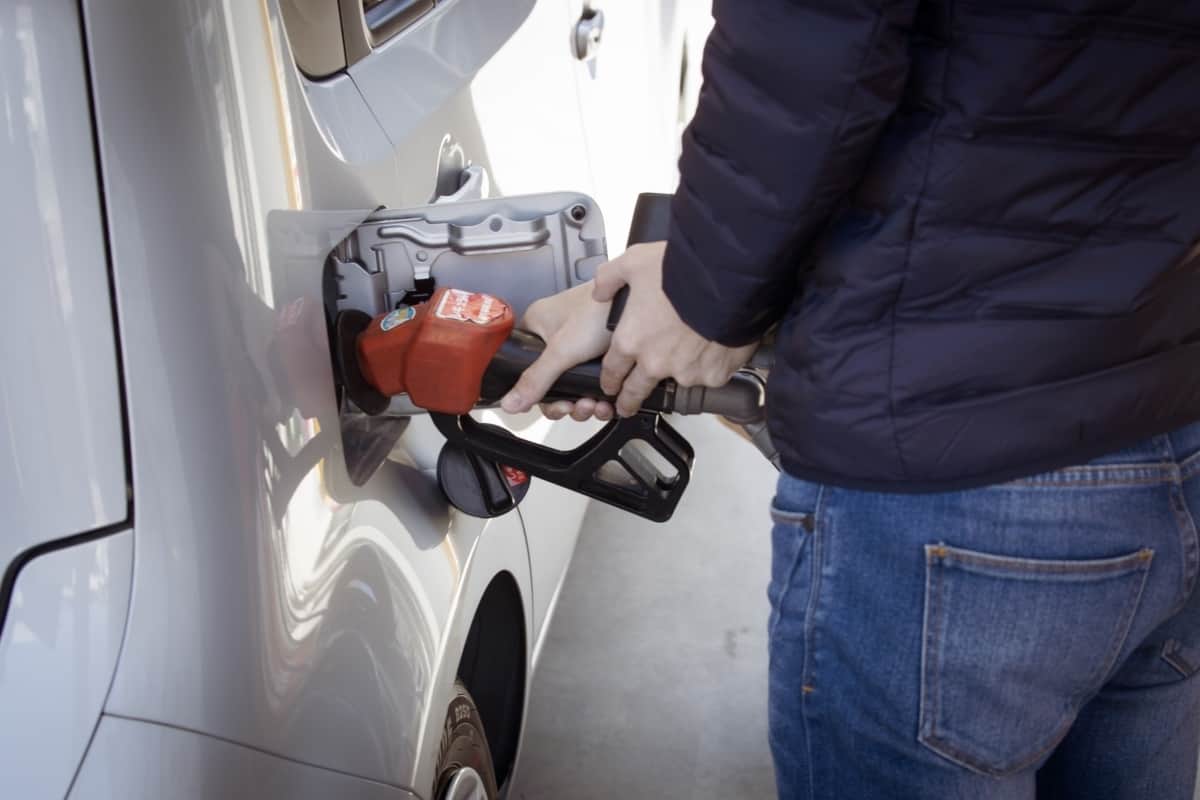
What To Do Before a Flood
It’s vital to understand potentially dangerous flooding situations and how to protect yourself in a flash flood. The National Weather Service offers an interactive flood map with information and education on different floods. According to the agency, flooding is a coast-to-coast threat in the United States nearly every day of the year.
Typical flood situations can develop slowly, giving forecasters time to anticipate where a flood will happen. The thing is that flash floods can develop unexpectedly. Depending on the situation, there may not even be rain to put you on alert.
The easiest, most convenient way you can prepare for a flash flood is by setting up weather alerts on your smartphone. There are more than a handful of weather applications available for you to download. For example, The Weather Channel app provides notifications of important weather updates. They also have real-time alerts and hourly/monthly forecasts. This instant access to information lets you take action as soon as possible.
You should fill up on gas ahead of time to make your evacuation easier. Waiting until the rain gets heavy will make it more difficult to access gas stations. In some cases, the gas stations may become more crowded if you wait too long.
Additionally, planning ahead is essential for navigating flood safety. Here are a few considerations to remember.
Know the Risk and Make a Communications Plan
- Understand the Risk. Is where you live, work, or go to school on a floodplain? Where does water collect on the roadways? What is the quickest route to higher ground? The answers to these questions can inform your plan and potentially save your life.
- Establish a Communication Plan. It’s crucial to communicate with your family members and close friends during a natural disaster. You could pick a specific person as the primary contact to get status updates. Additionally, having a pre-picked location to meet up if disaster strikes will give everyone peace of mind.
After all, you may not all be in the same place during a flash flood.
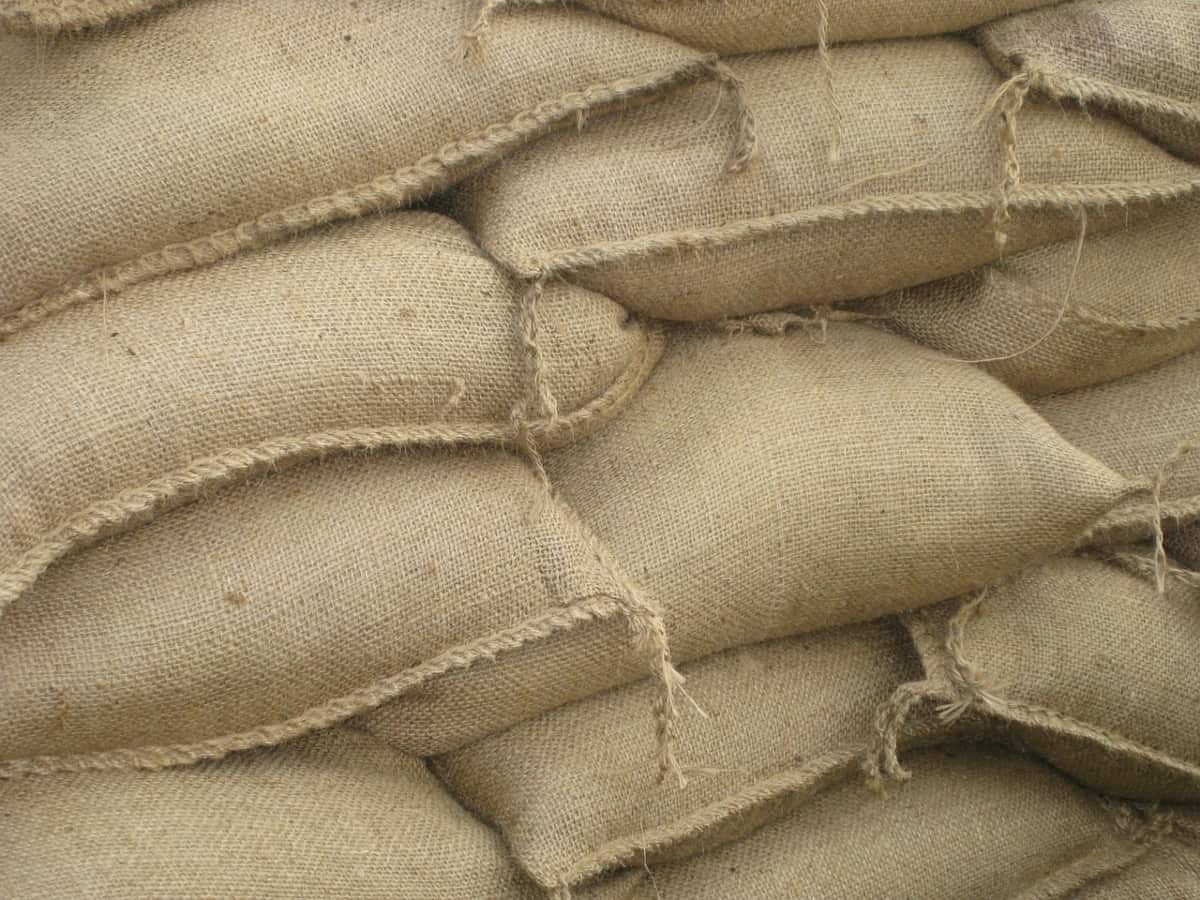
Prepare Your Home for Flash Floods
It’s best to keep sandbags or other materials you can use to protect your home from floodwaters. If you live in a high-risk area, you’ll also want to have a professional install check-valves to prevent floodwaters from backing up and causing plumbing issues.
Additionally, it’s a good idea to check your sump pump routinely and decide what you will do for a backup in case of an emergency. Also, mark electric circuit breakers and fuses. Finally, understand the warning systems that increase your odds of taking action before disaster strikes.
Prepare Your Emergency Kit
It’s a good idea to ensure you have enough food, water, and medicine on hand in case of an emergency. A standard in emergency preparedness is to keep at least three days worth of supplies. You may want to keep an emergency kit in your car and at home. It’s a great idea to keep important documents, like insurance documents or medicine in a kit as well.
In the event of a flash flood, water service may be interrupted. Or the water could be unsafe to drink.
A general rule of thumb is to store one gallon of water per person per day. So, if you have a family of five and want to have enough water to last for three days, you need 15 gallons of water. Likewise, think about stocking up on food that doesn’t require refrigeration or much in the way of cooking.
Other supplies include:
- A first aid kit
- Flashlights
- Batteries
- Blankets
- Rubber boots
- Rubber gloves
An NOAA Weather Radio or another battery-operated radio is a vital piece of equipment to keep you informed.

Don’t Forget About Your Pet
Just like humans, your pet needs to be prepared for a flash flood. The sudden excitement surrounding a flash flood may even make some pets anxious. When you can, take a moment to make them feel better by giving them some quick pets.
Some supplies to keep inside a pet kit include:
- Leash or pet carrier
- Medications
- A current photo of your pet
- Copies of veterinary records
- A few of their favorite toys
If evacuating, check which hotels on your route will accept pets. Make reservations at a hotel or Airbnb as soon as possible to make transportation smoother.
Get Familiar With Government Emergency Systems
NOAA Weather Radio All Hazards (NWR) provides weather information directly from the nearest National Weather Service office. When it comes to flash floods, even seconds count.
The NOAA radio network provides continuous information 24 hours a day, seven days a week.
With over 1000 transmitters, the all-hazards radio network is your best source for weather and emergency information. Keep in mind that a weather radio operates on a different frequency from a regular AM/FM receiver.
You also need to understand the different announcements and what they mean.
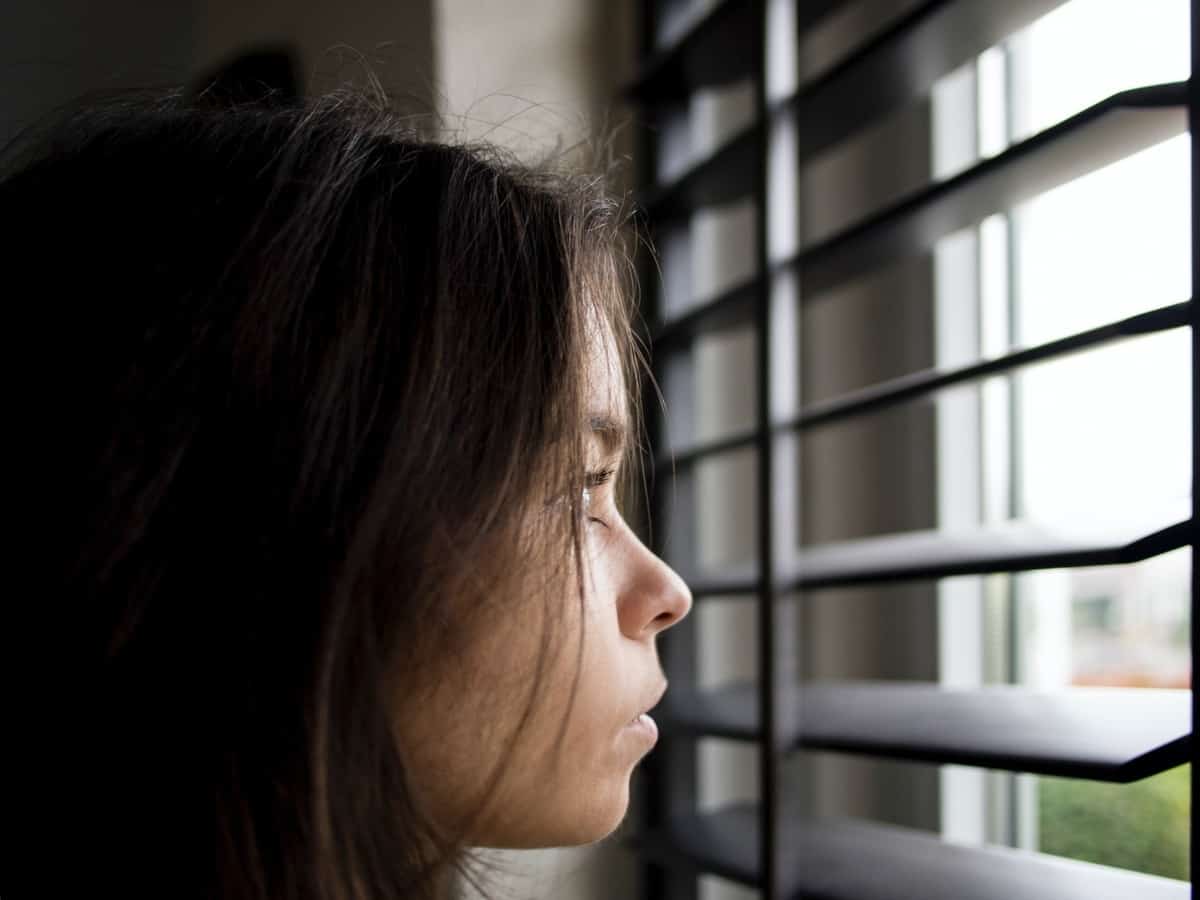
What To Do During a Flash Flood
Here’s the thing — water levels and the current change quickly in a flash flood. It’s vital to stay aware and use NOAA Weather Radio, television, or the internet to monitor what’s happening. It’s a best practice to prepare as soon as there’s an advisory.
- Packing in advance is the best way to ensure you aren’t waiting until the last minute to account for family and pets. It’s also a good time to charge the electronics and make sure you have backup batteries available.
- You must evacuate immediately if the water rises. That means to get to higher ground. Stay away from submerged electrical outlets.
- If you see sparks or hear buzzing noises, stay out of the water to avoid getting electrocuted.
Keep Safe and Don’t Take Risks
You don’t want to walk through floodwaters. Flash floods produce deadly currents, and it only takes a few inches of rushing water to knock you off your feet. If you get trapped, move to the highest possible point and call 911 if you can.
Above all, DO NOT drive on flooded roadways or try to go around a barricade. Exercise precaution. You don’t know how deep the water is in a flash flood. Or what’s in it.
Raging floodwaters can sweep cars away almost as quickly as they can drag a person down.
Does Homeowners Insurance Cover Flash Flood Damage?
Now that you’ve answered the question, what is a flash flood, you probably want to know if your insurance coverage is adequate. Homeowner’s insurance and rental policies typically don’t cover flood damage.
However, you can purchase flood insurance. There is usually a 30-day waiting period before it goes into effect.
ONIT Home specializes in simplifying and demystifying flood insurance. Flash floods might be unpredictable, but your insurance coverage shouldn’t be. We design our home insurance packages to cover damage from wind and hail, fires, lightning, and floods.
We work with a network of large insurance partners that enable us to find excellent budget-friendly solutions. If you’re searching for insurance to cover floods, ONIT can help. Visit us online for a free quote and a complete breakdown of coverage options.
ONIT Home is your one-stop shop for all your bundled home needs. We’re currently offering $1,500 in vouchers to be used with security, water and solar. You can also get a free water filtration system and security system with the purchase of a solar panel system, or a $2,000 security system for only $1,000. That way, you can protect your family from contaminated water and protect them with a safe home. Visit us online or call us to take this bundle deal at 1-833-433-0331.



